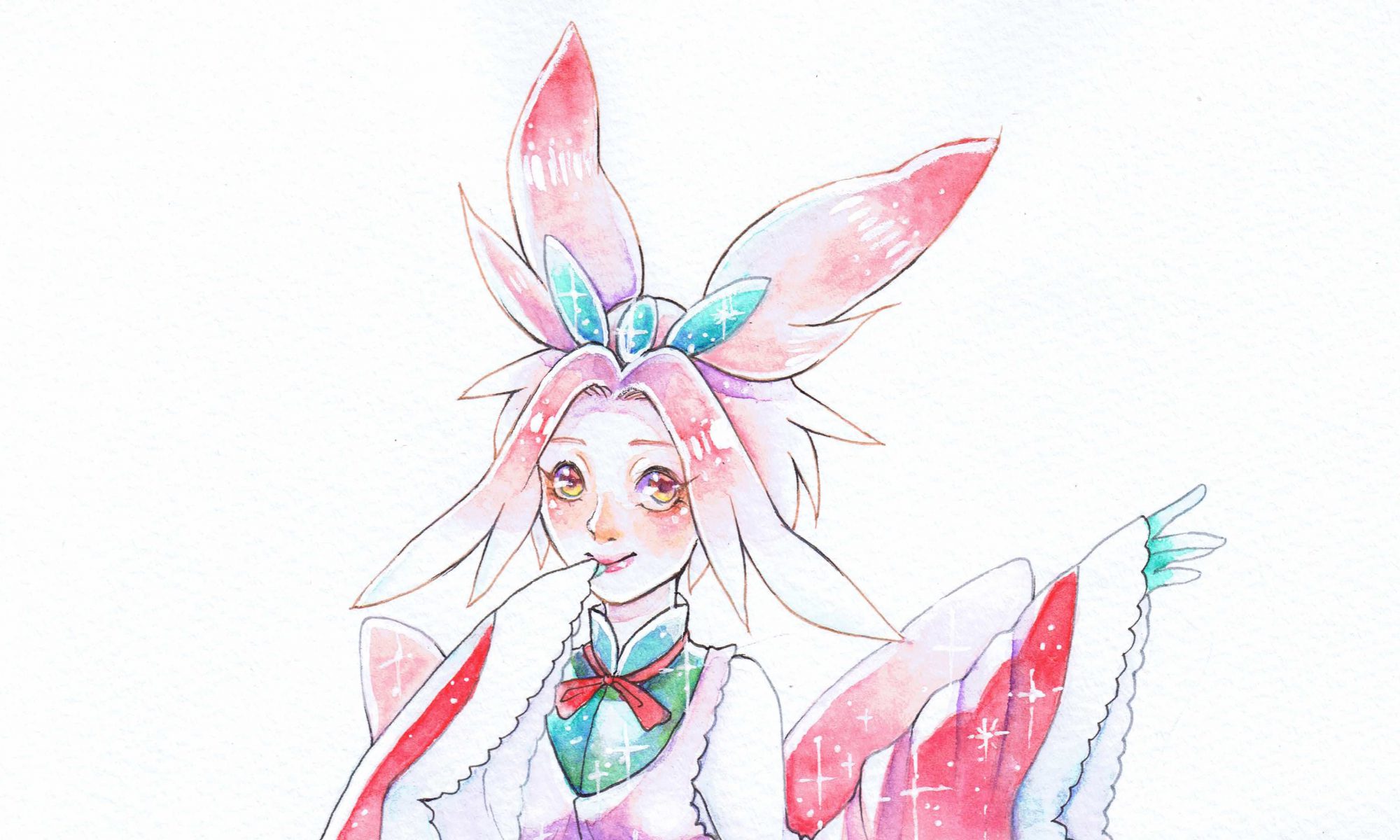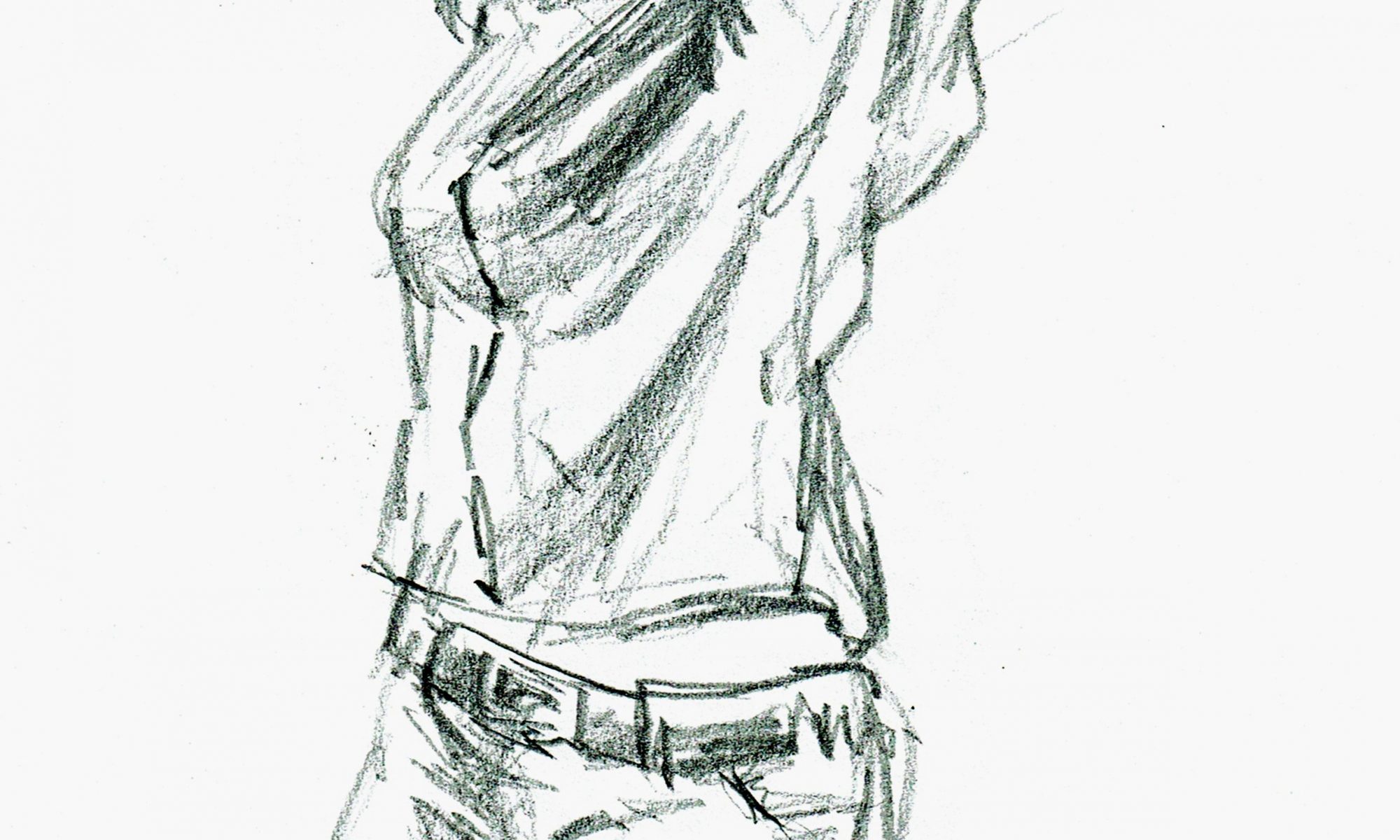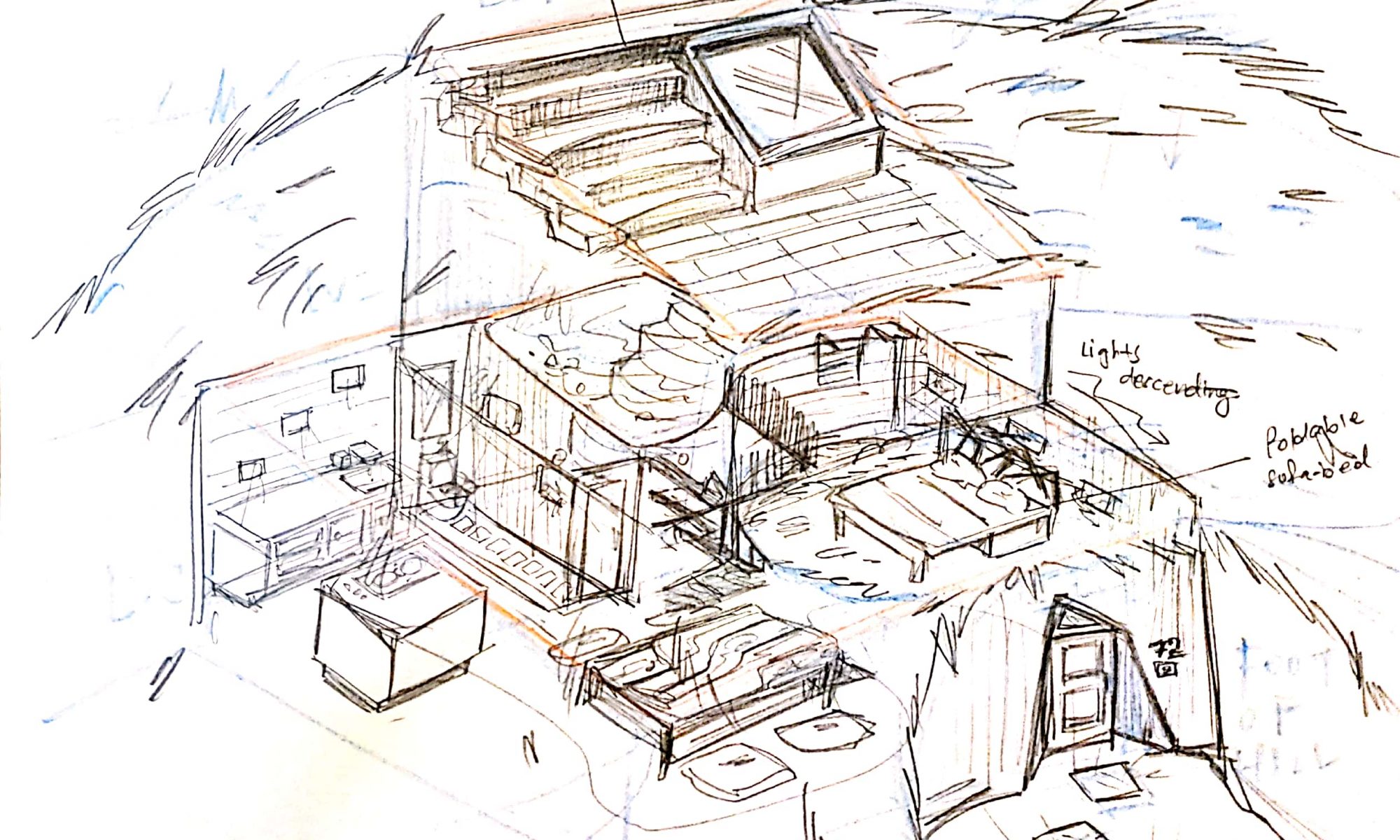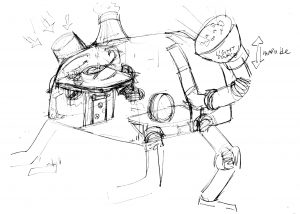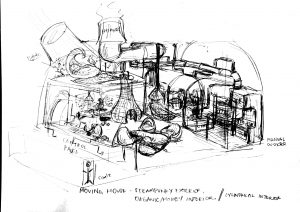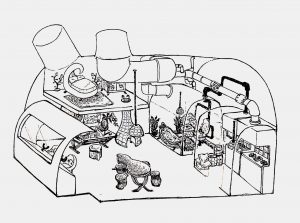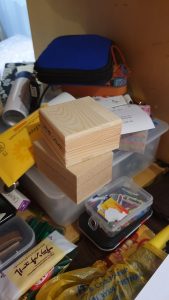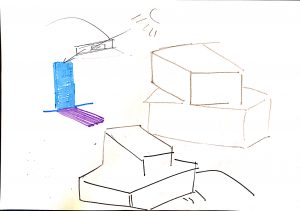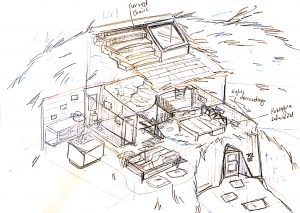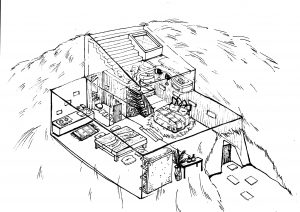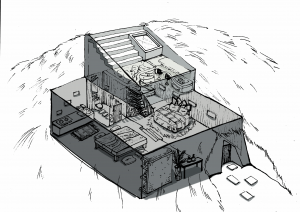2 minutes (Nude)
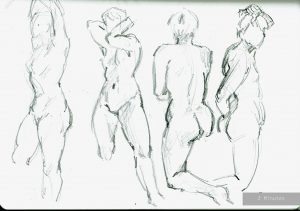
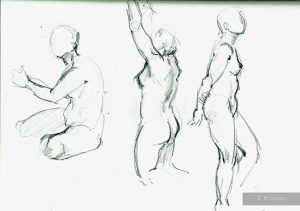
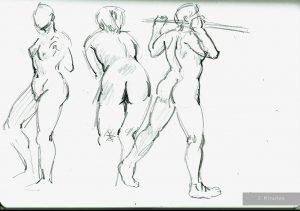
5 minutes (Nude)
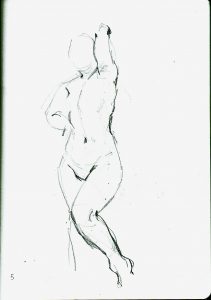
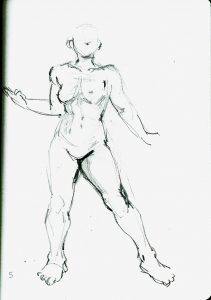
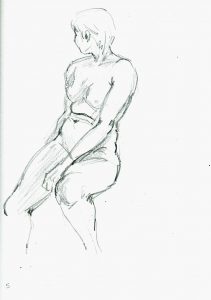
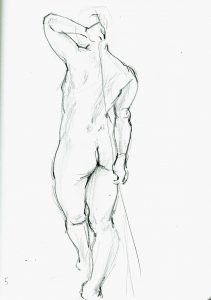
5 mins (clothed)
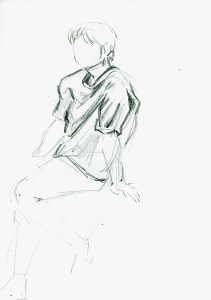
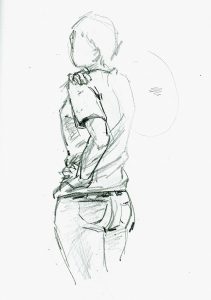
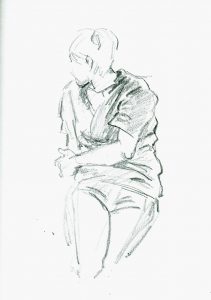
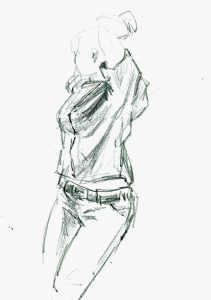
10 mins (Nude)
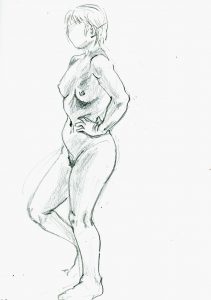
10 mins (Clothed)
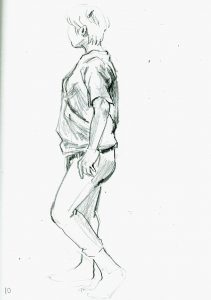
20 mins (Nude)
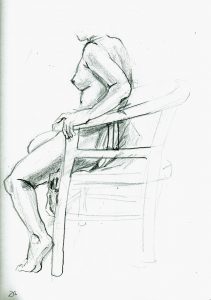
20 mins (Clothed)
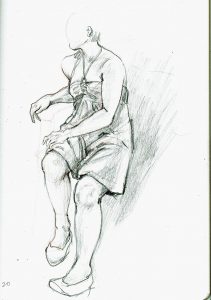
Reflections:
Before attending Jesse’s or Hannes’ class, I struggled a lot with understanding how the body worked. My knowledge of proportions and human anatomy was extremely shallow. Even in Poly, I couldn’t really pin down the right spots in my drawings as I was fundamentally weak.
After attending 14 weeks of class, this is what I have learned from both Professors:
- Jesse:
- Through Jesse, I was able to understand how forms relate to the human body and how we can breakdown the model’s physique with simple rectilinear and cylindrical forms.
- How the body works structurally and how to translate our observations into points and strokes.
- As Jesse doesn’t give us a “one-size fit all” solution to our questions, he provides us with suggestions and his opinions which guides us into finding out ourselves, a guideline that works best for us.
- Overall, I feel that fundamentally, my knowledge of anatomy and the method to observe every model has changed. I am able to work out a more consistent workflow when I am figure drawing.
- Hannes:
- Through Hannes, I was able to break free from being overly rigid in my drawings and learned to rely on gestural strokes to better convey the human form.
- How to create fast observational drawings (and not just some random scribble on the paper) with lines of action to jot down important information on the body.
- I’ve always struggled with drawings animals and through the zoo trip, I was able to understand why gestural drawing is important and useful and how it can train us into using the correct strokes through careful observation.
- Overall, I feel that I am better at applying more confident strokes than before where I hesitated a lot.
After 14 weeks of lessons with Hannes and Jesse, I feel that the way I draw now is a lot more balanced as compared to before. I am able to apply looser strokes with careful placement as compared to the past, I would solely draw from what I saw without any considerations. I am thankful to have gone through this class as I am happy with my progress even though it may not be big.
